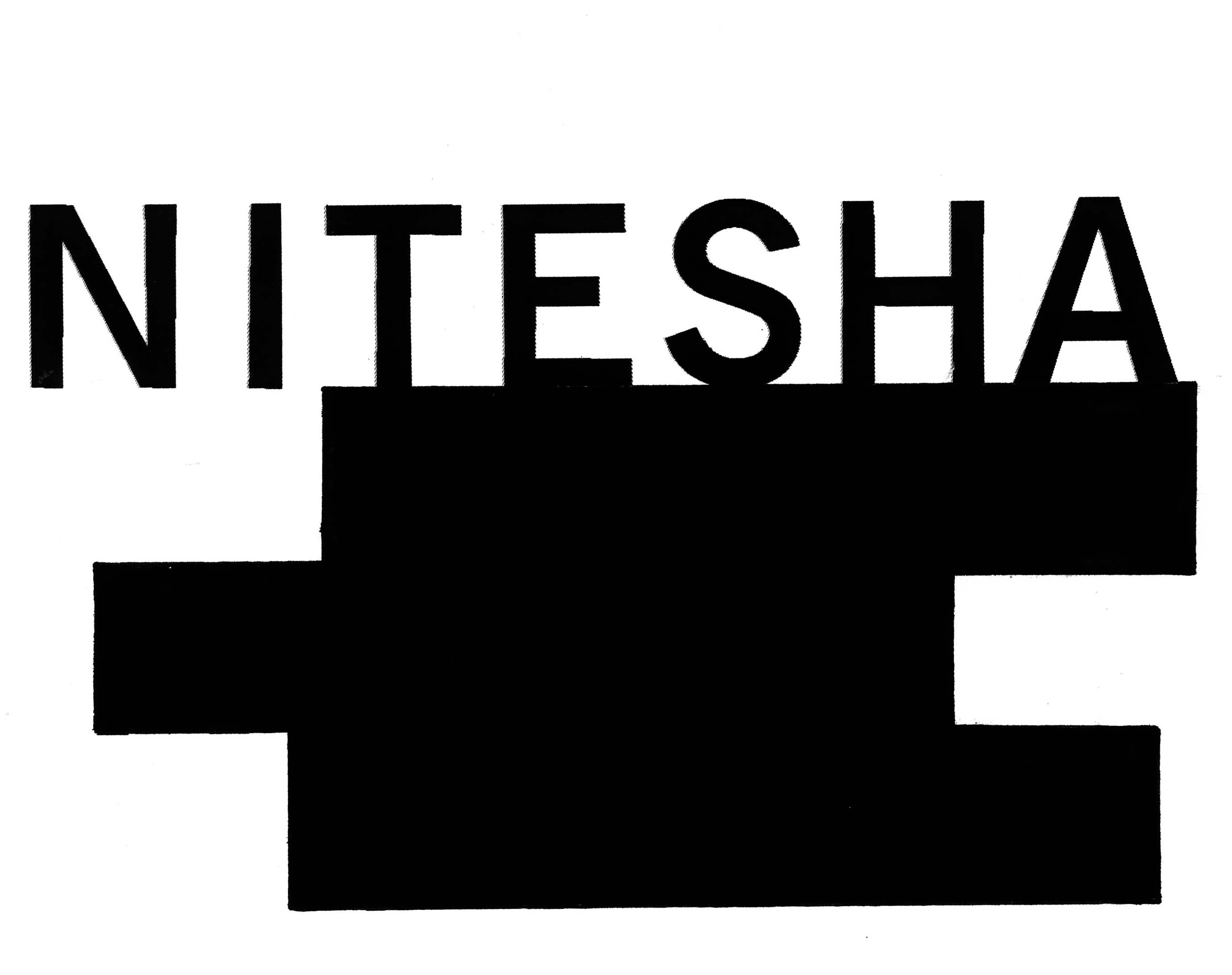-
CATEGORY
- 写真集 PHOTOGRAPHY
- 写真雑誌 PHOTO MAGAZINE
- 美術 ART
- デザイン DESIGN
- 建築 ARCHITECTURE
- ファッション FASHION
- 音楽 MUSIC
- 台湾ノスタルジー TAIWAN Nostalgie
- 映画 MOVIE
- 文学 LITERATURE
- 哲学 PHILOSOPHY
- 精神世界
- プロイセン PRUSSIA
- 人類学 ANTHROPOLOGY
- ノンジャンル NON GENRE
- グッズ GOODS
- ~1930s
- 1940s
- 1950s
- 1960s
- 1970s
- 1980s
- 1990s
- 2000s
- 2010s
- 2020s
- Vintage & Rare Books
- 木村伊兵衛写真賞 IHEI KIMURA PHOTO AWARD
- SCALO スカロ
- マッチアンドカンパニー MATCH and Company
- A MAGAZINE curated by
- COMME des GARCONS コム デ ギャルソン
- VISIONAIRE ヴィジョネア
- VOGUE ヴォーグ
- VOICES OF PHOTOGRAPHY 撮影之聲
- 角頭音楽 TCM/Taiwan Color's Music
- 漢聲
- BankART 1929
- PLAGES プラージュ
- NITESHA KYOTO 2021 W/S
- NITESHA KYOTO 2021 S/A
- NITESHA KYOTO 2021 AW
- NITESHA KYOTO 2021 AW english
- Xeroxed Photo Albums by ARAKI NOBUYOSHI
- NITESHA KYOTO 2021-22 WINTER
- NITESHA KYOTO 2022 SS
- NITESHA KYOTO 2022 AW
- NITESHA IN TAIPEI: PROVOKE
- NITESHA BGTP: DAIDO MORIYAMA
- NITESHA BGTP: RALPH GIBSON
- NITESHA BGTP: MAKOTO OONO
- BOOK EXHIBITION #1
- NITESHA 10TH "MATCH POINT"
- PUBLISHING
- 民俗会議
- NITESHA KYOTO 2023 SUMMER
- NITESHA KYOTO 2023 AW October
- NITESHA KYOTO 2023 AW November
- NITESHA KYOTO 2023 AW December
- NITESHA TOKYO 2024 Winter
- the sitcoms ep1
- NITESHA TOKYO 2024 Spring
- NITESHA KYOTO 2024 Summer
- NITESHA TOKYO 2024 Summer
- yorioshow SS2025
- Tokyo Art Book Fair 2024
- ABOUT
- ORDERING INFO
- BUY & SELL
- EXHIBITION
- PUBLISHING
- CONTACT
- COLUMN
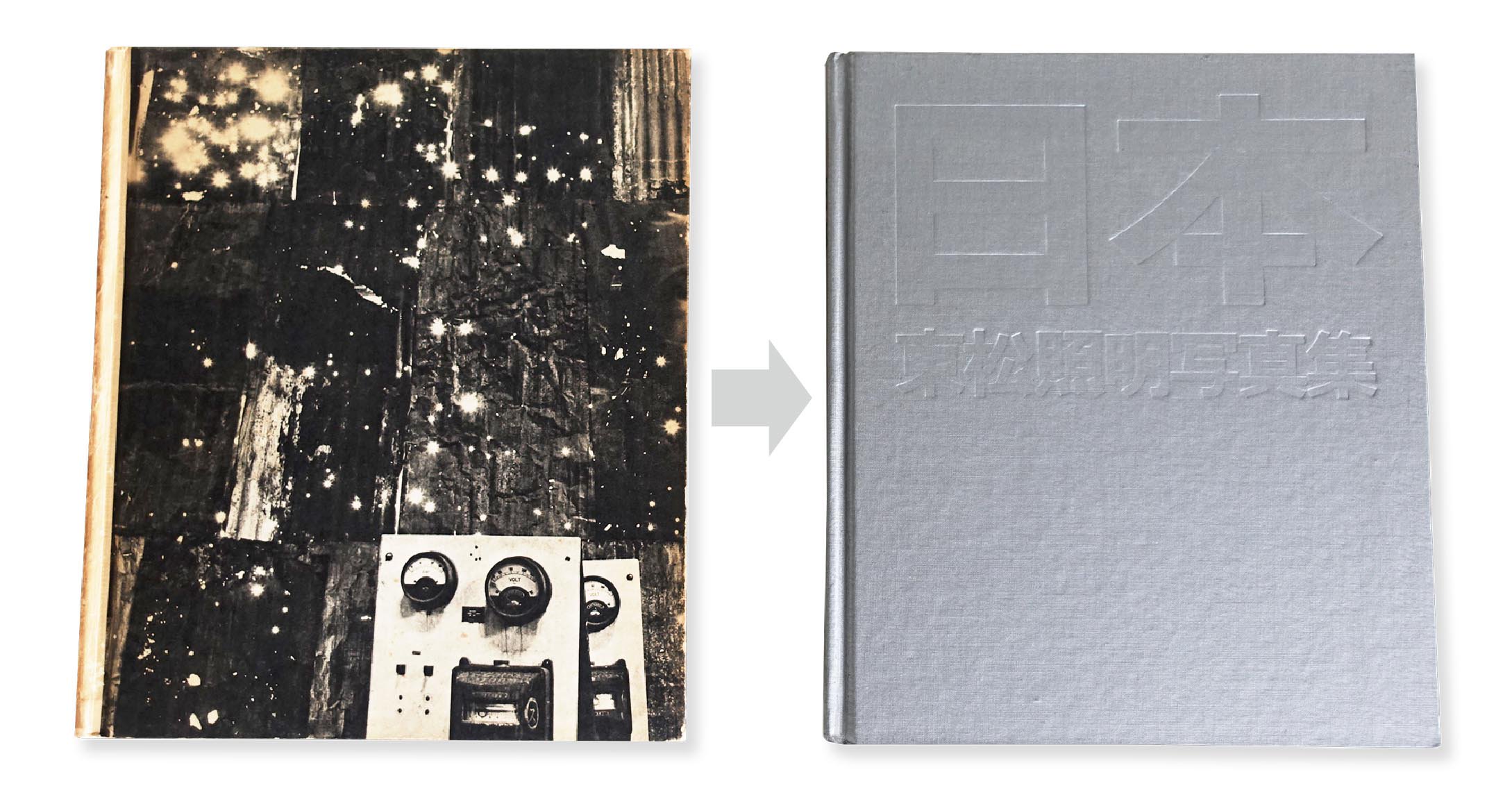
[EN/JP]
NEW DISCOVERY: Discovering the rarely seen photobook "Shomei Tomatsu Photobook 2" by TOMATSU SHOMEIIn 1966, photographer Shomei Tomatsu (1930-2012) published his first individual book Shomei Tomatsu Photobook 1 <11:02> Nagasaki with Shashin Dojinsha.
According to the promotional flyer of the publication at that time, a total of 4 volumes were going to be published respectively under the titles <11:02> Nagasaki, Osorezan, Chiho Seijika, Ie...Hoka [Osorezan, Countryside Politicians, Homes, etc.], Senryo [Occupation], and Shiro, Korekushon, Daiyohin...Hoka [Castles, Collections, Substitutes, etc.]. However, as the first volume <11:02> Nagasaki did not sell well and Shashin Dojinsha went bankrupt immediately after the publication, the remaining three volumes were unrealized. After the bankruptcy, Tomatsu recovered the unsold copies of <11:02> Nagasaki and launched his own publishing company Shaken, from which his books <11:02> Nagasaki (Shaken edition), Nippon, Saramu Areikomu [Assalamu Alaykum], and Oh! Shinjuku were subsequently published about one book per year.
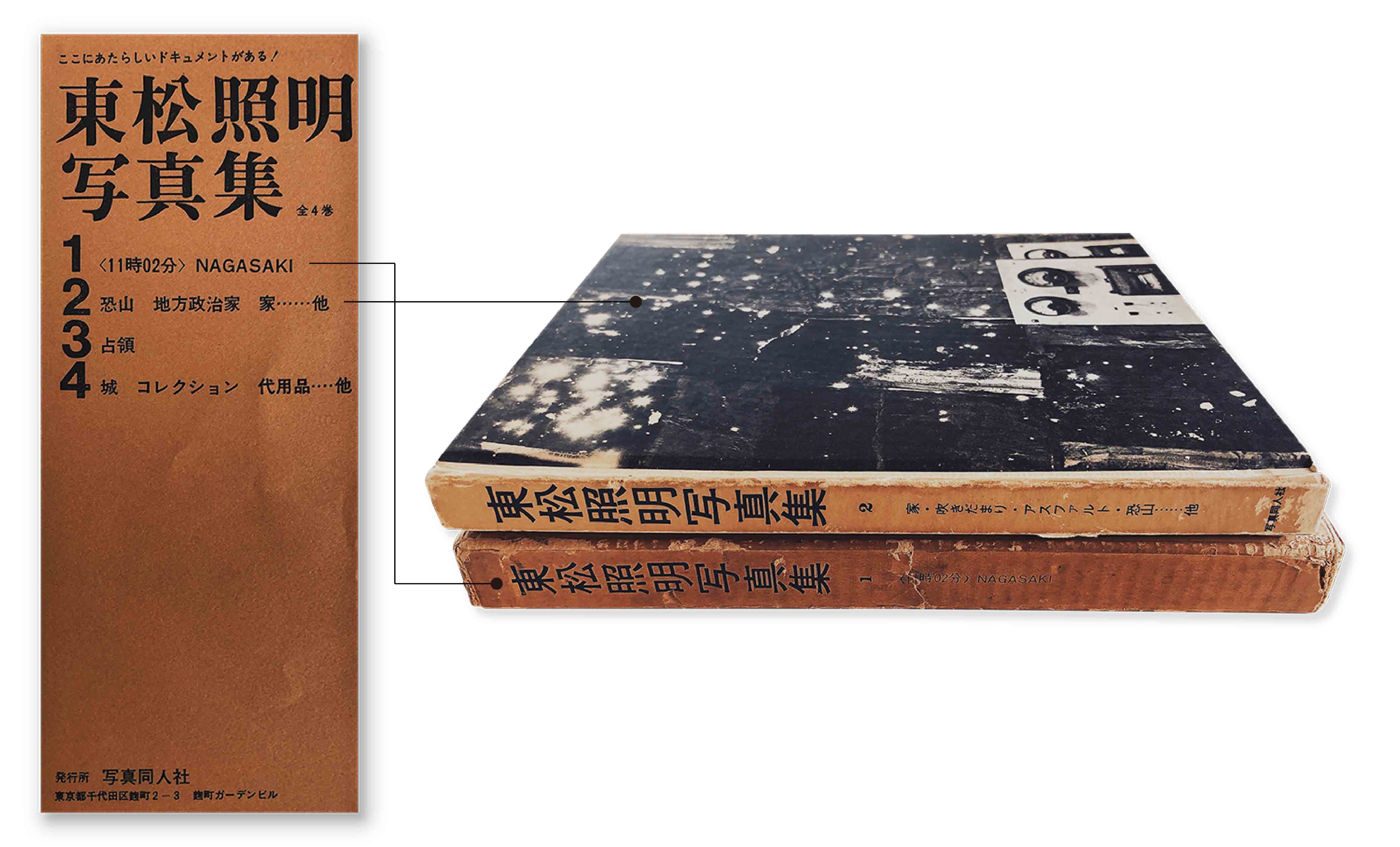
(Left) Promotional flyer of the publication at that time
(Right) Shomei Tomatsu Photobook 1: <11:02> NAGASAKI and Shomei Tomatsu Photobook 2: Ie, Fukidamari, Asphalt, Osorezan... Hoka. [Homes, Drifted, Asphalt, Osorezan, etc], both published by Shashin Dojinsha
Considering the above circumstances, it is quite realistic for us to consider the newly discovered Shomei Tomatsu Photobook 2: Ie, Fukidamari, Asphalt, Osorezan... Hoka. [Homes, Drifted, Asphalt, Osorezan, etc] as an actual sample of Volume 2. Yet the composition of photographs, the selection of paper, and the bookbinding of this book prove that the preparation of the publication had already progressed to a certain stage. Perhaps if Shashin Dojinsha had escaped from bankruptcy, it wouldn’t be surprising that this book was mass-produced and released to the public. Since its content is almost identical to Nippon, published by Shaken, we assume that Tomatsu kept the concept of the book, which could not be published by Shashin Dojinsha, and published the book under the new title "Nippon" after slightly changing the composition and layout.
After comparing the contents of these two photobooks Shomei Tomatsu Photobook 2 and Nippon, we have found their major differences as follows.
1- Among all series included in the two books, the series "Senryo" [Occupation] is only included in Nippon [Japan].

(Left) The order of series included in Shomei Tomatsu Photobook 2 is "Fukidamari" [Drifted] → "Osorezan" → "Asphalt" → "Fukei" [Scenery]→ "Setomono no Machi" [Town of Ceramics] → "Orimono no Machi" [Town of Textiles] → "Ghost Town" → "Chindon" → "Homes".
(Right) The order of series included in Nippon [Japan] is "Fukidamari" [Drifted] → "Osorezan" → "Asphalt" → "Fukei" [Scenery] → "Setomono no Machi" [Town of Ceramics] → "Orimono no Machi" [Town of Textiles] → "Ghost Town" → "Chindon" → "Homes" → "Senryo" [Occupation].
2- There is a difference between the background colour and the text colour on the text pages. (Changed from black text on a white background to white text on a black background)
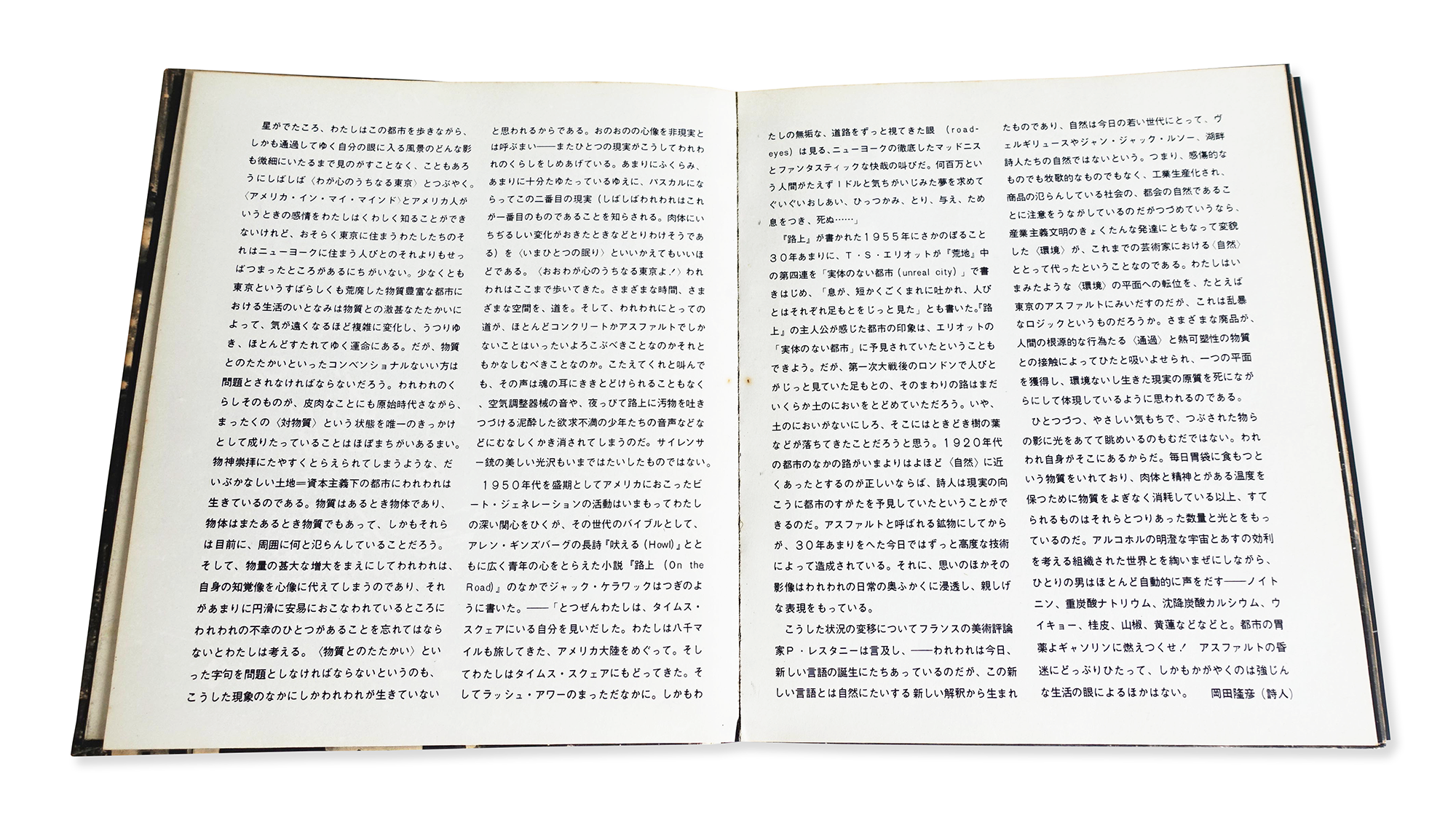
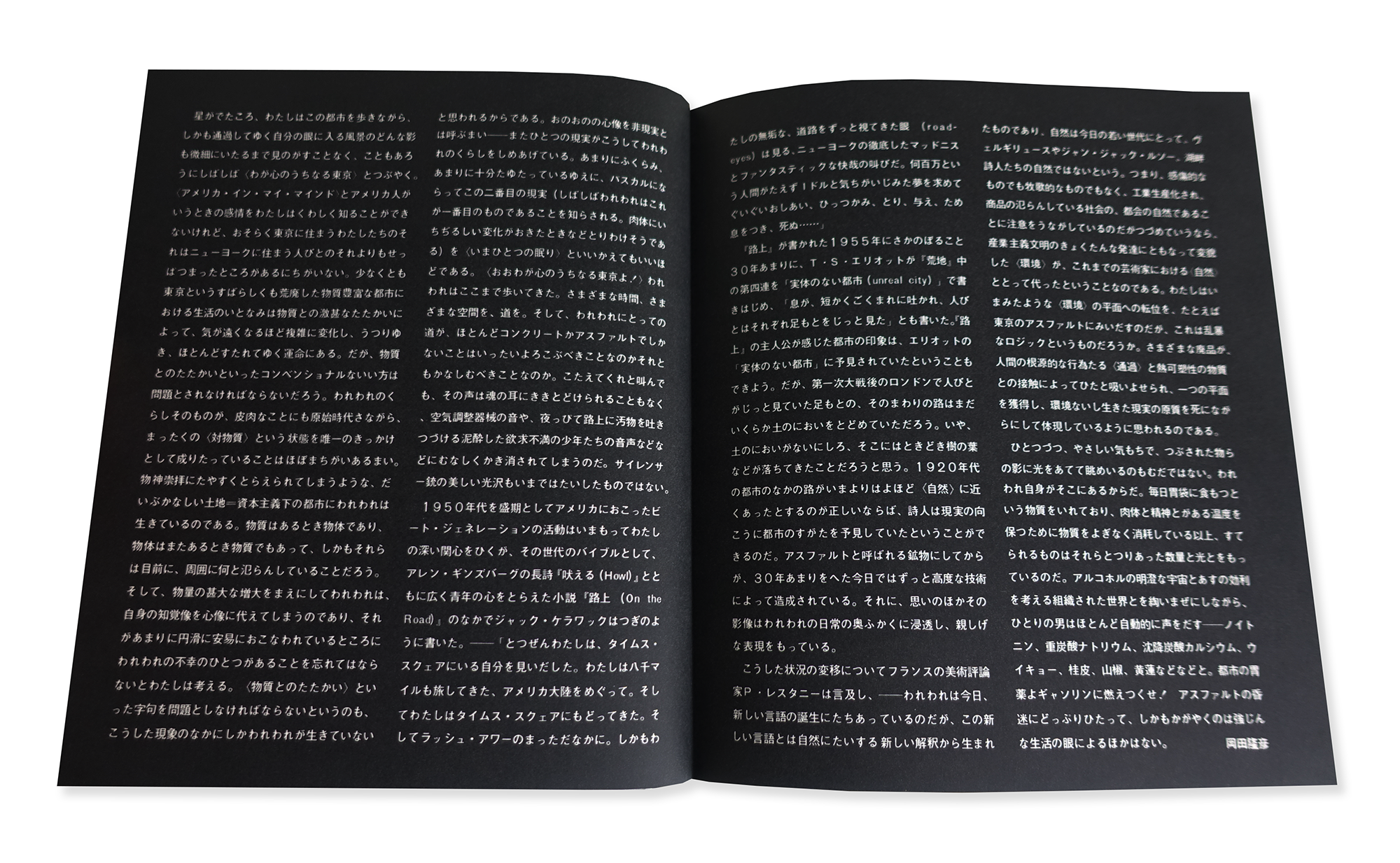
(Right) In Nippon [Japan], the background is solidly printed with black ink and the texts were outlined.
3- There are places where the order of the photos was changed.
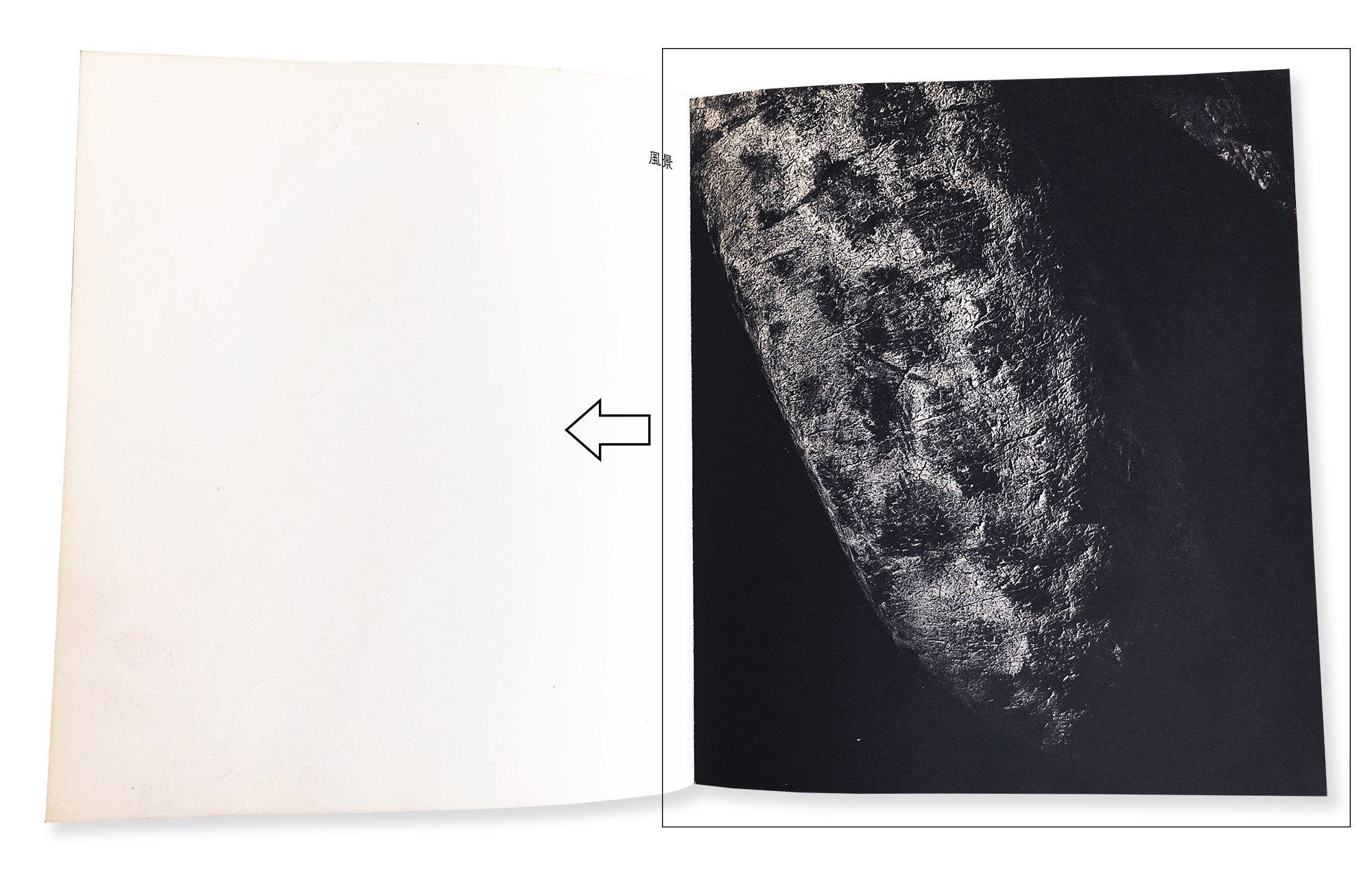
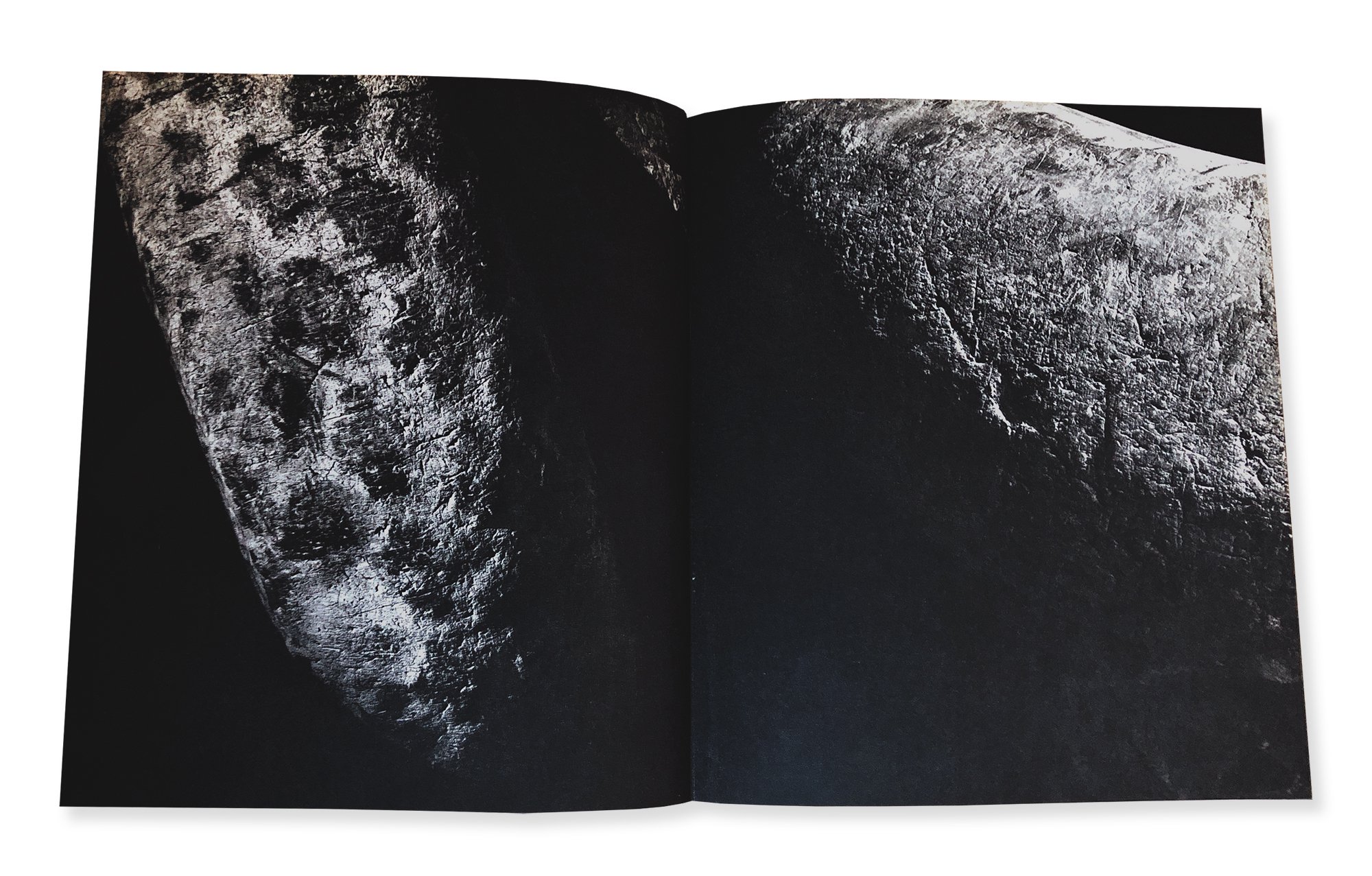
4- There are photographs that are only included in "Nippon" [Japan].
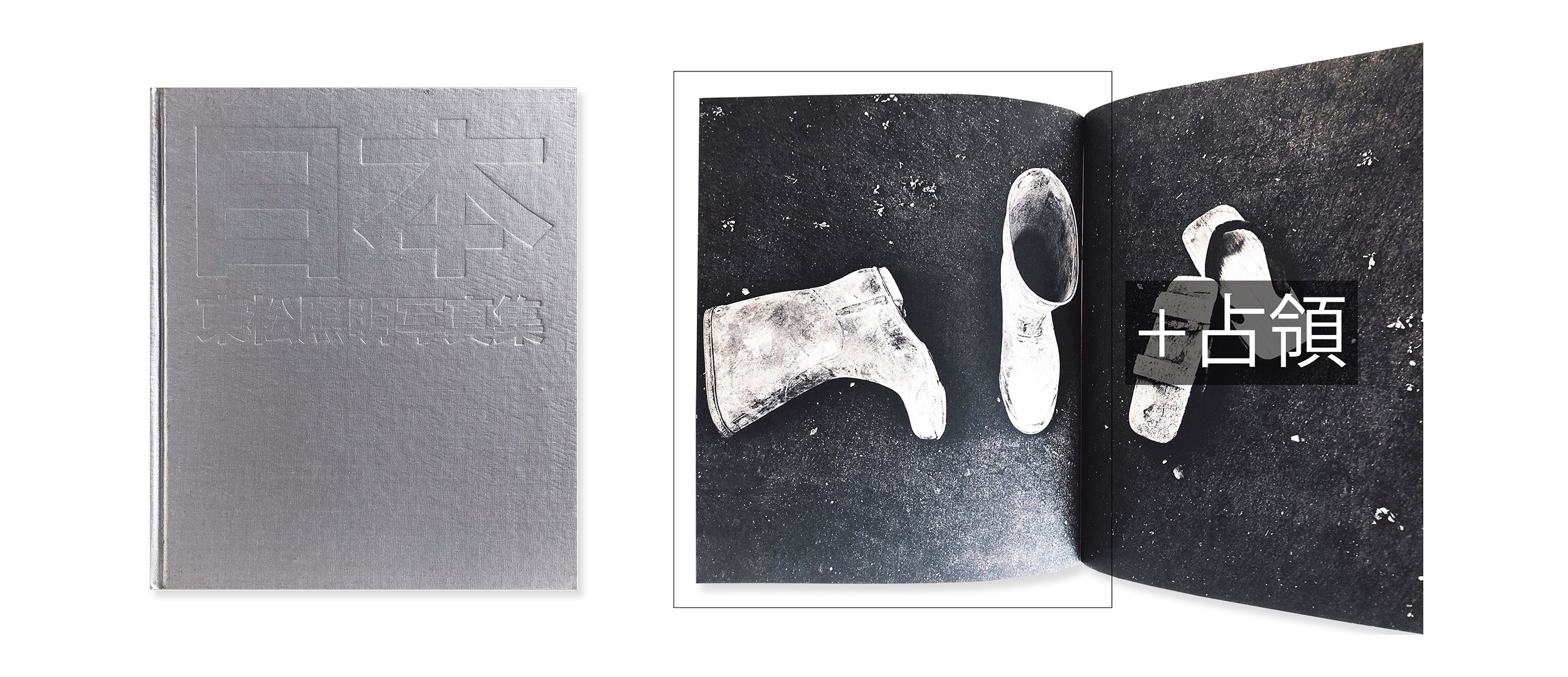
(Right) Photos that are only included in "Nippon" [Japan] are one photo of these boots + the "Senryo" [Occupation] series.
5- There are 11 works that are included only in Shomei Tomatsu Photobook 2, which means that those 11 works are his unpublished works.
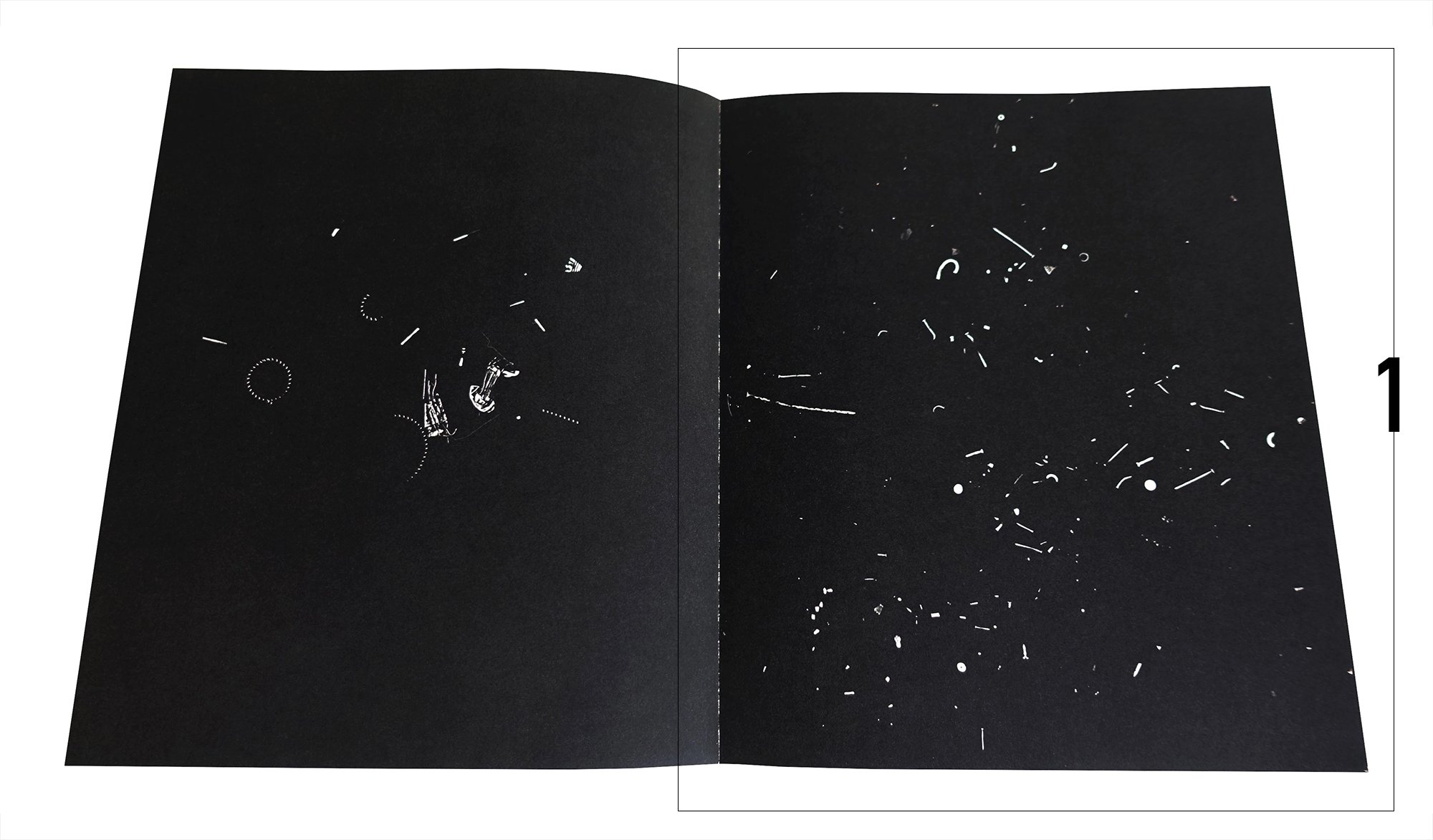
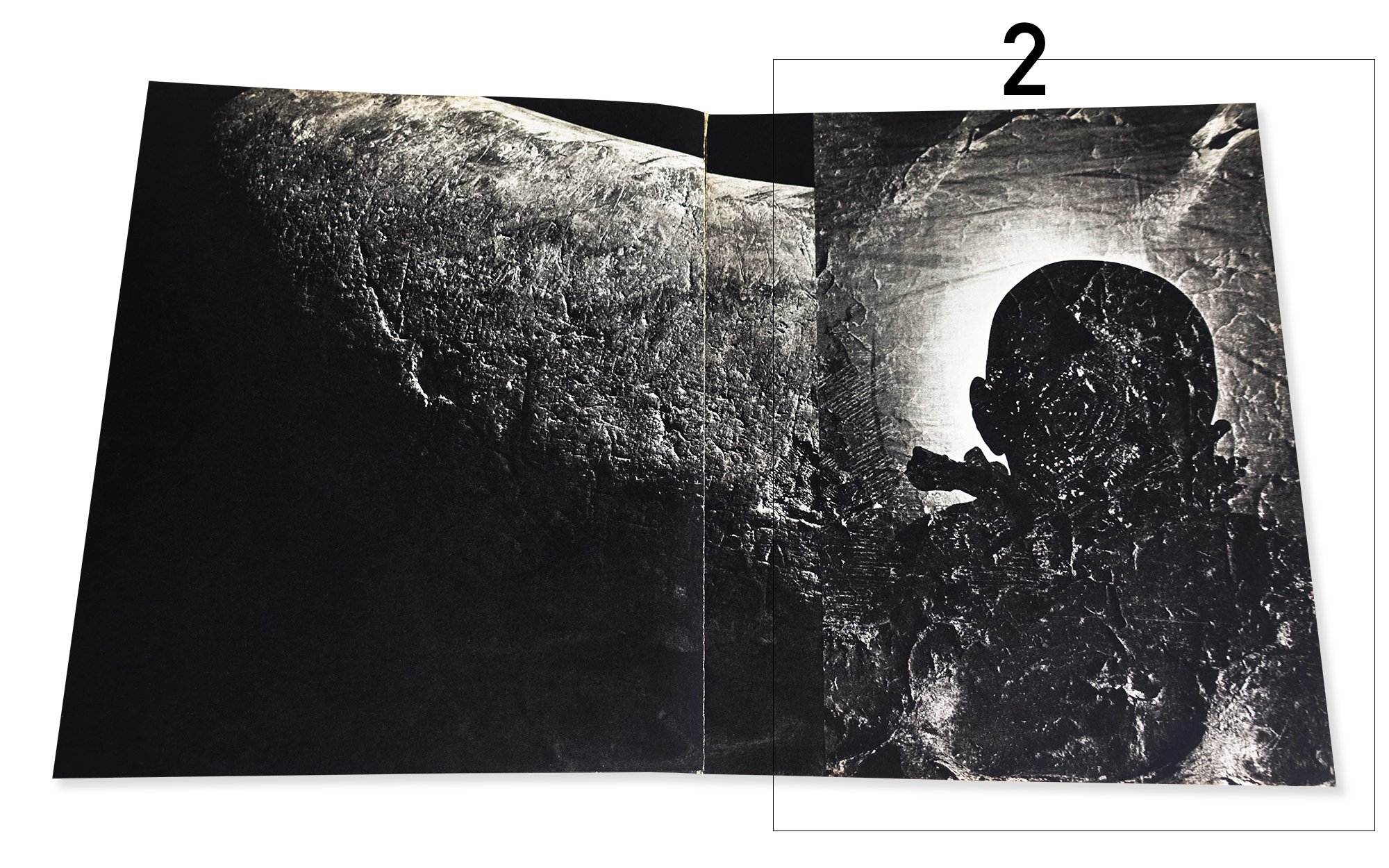
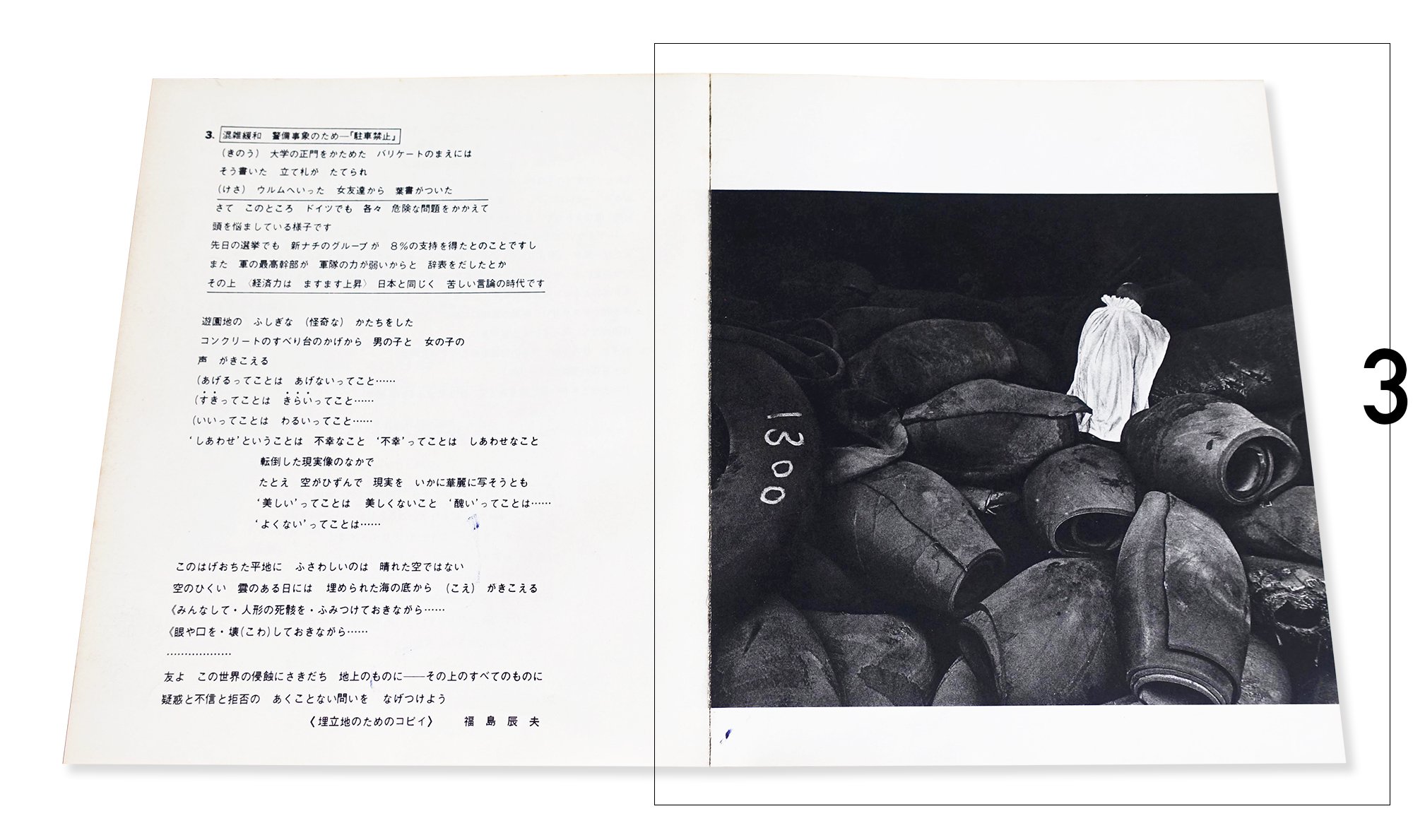
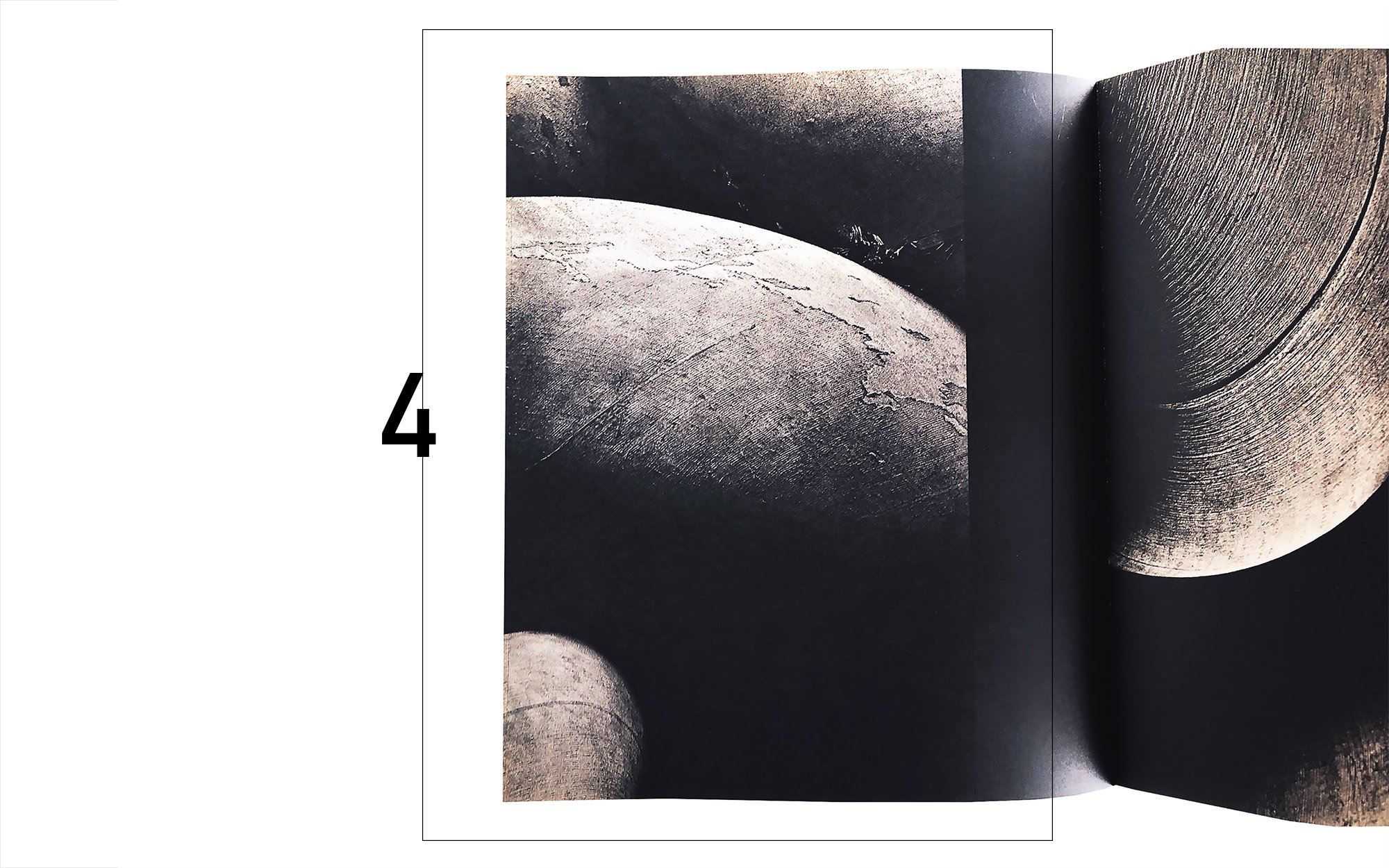
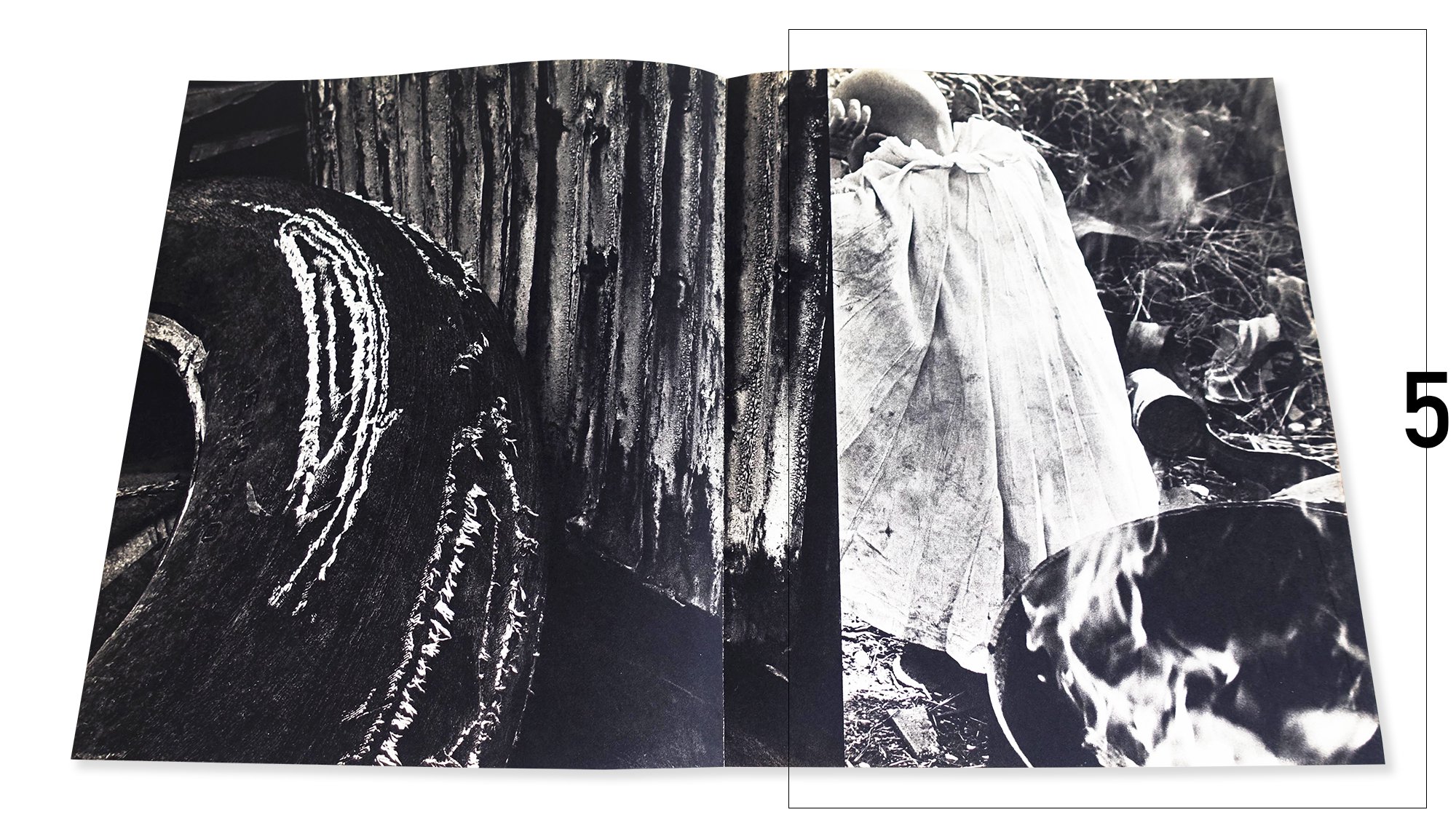
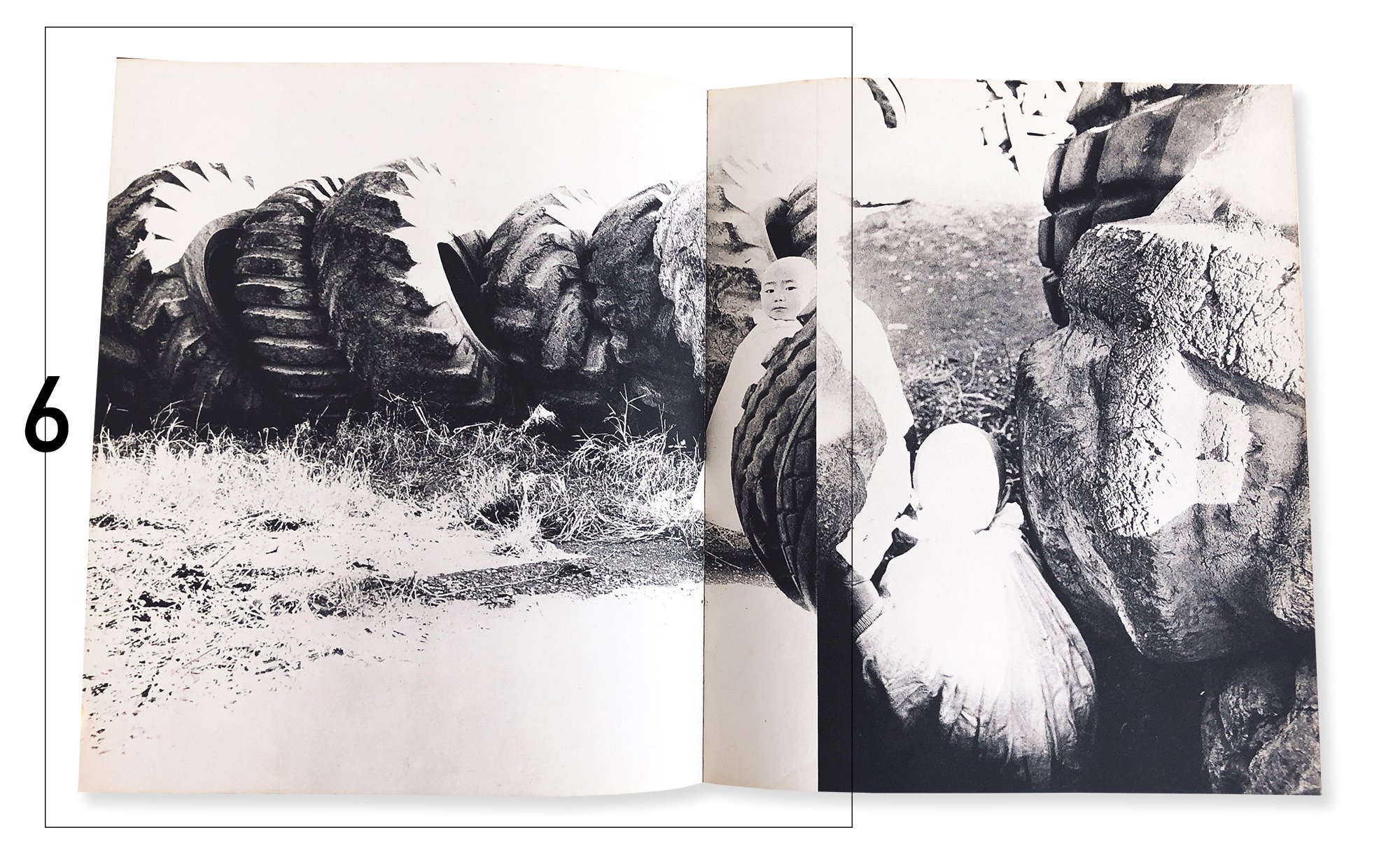
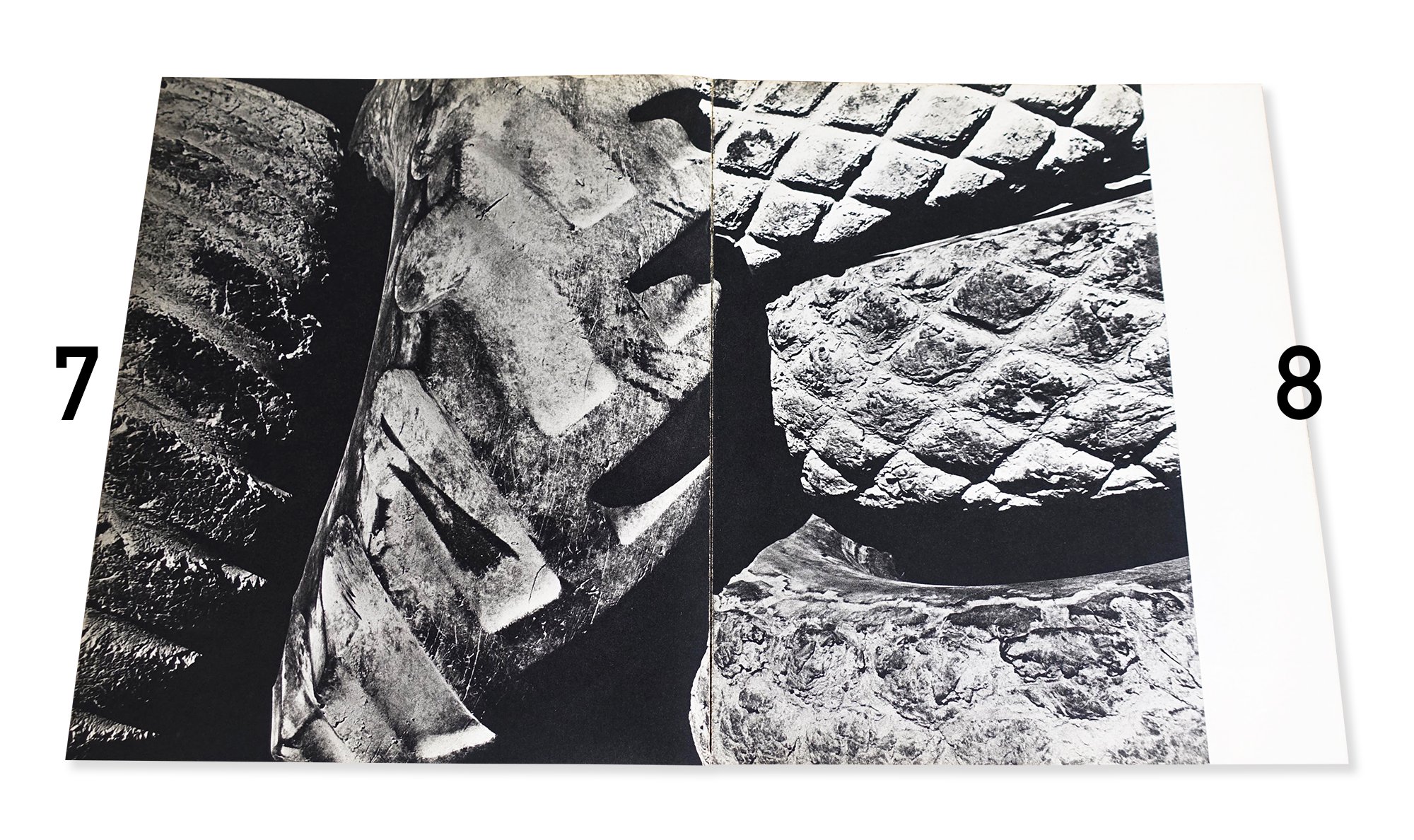
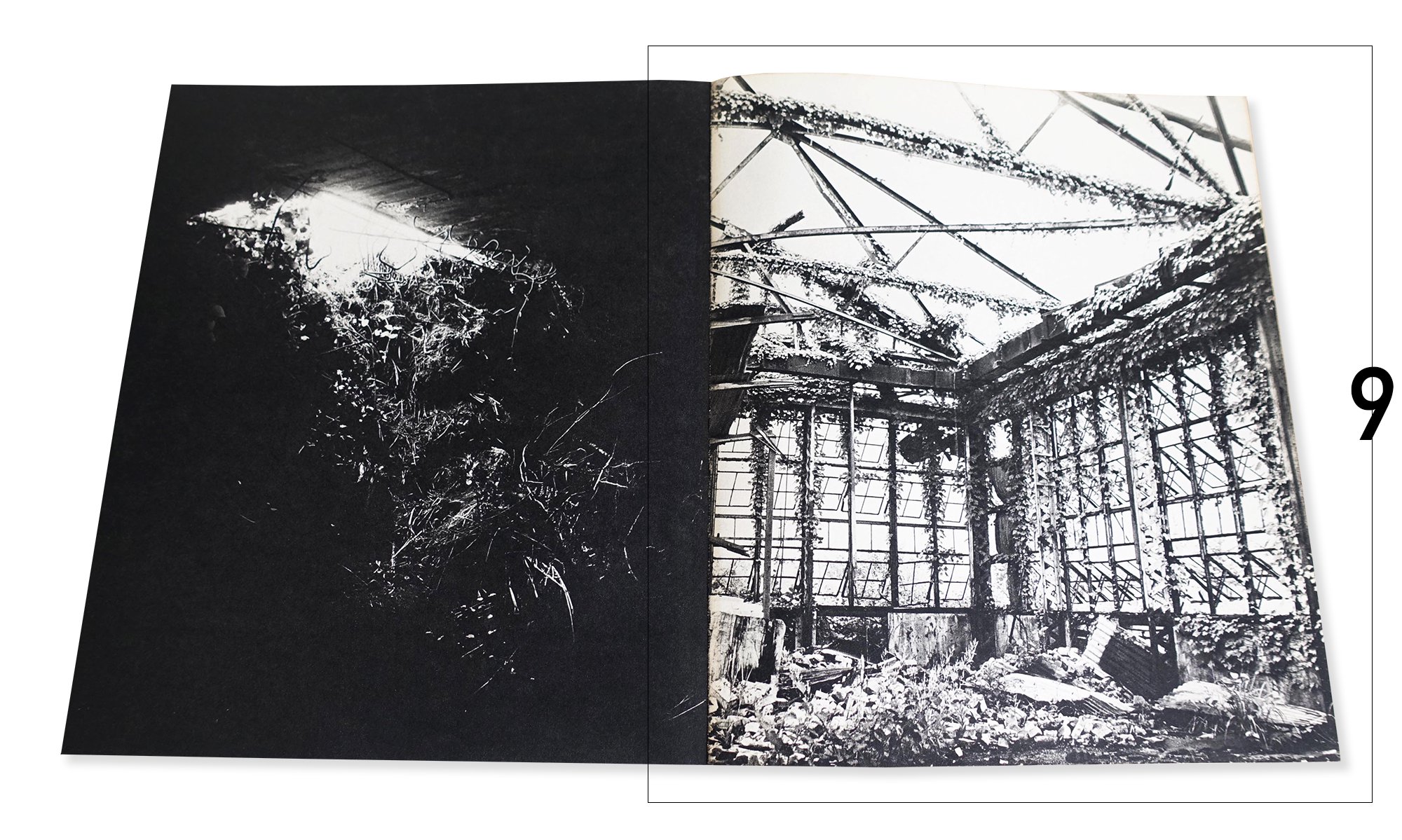
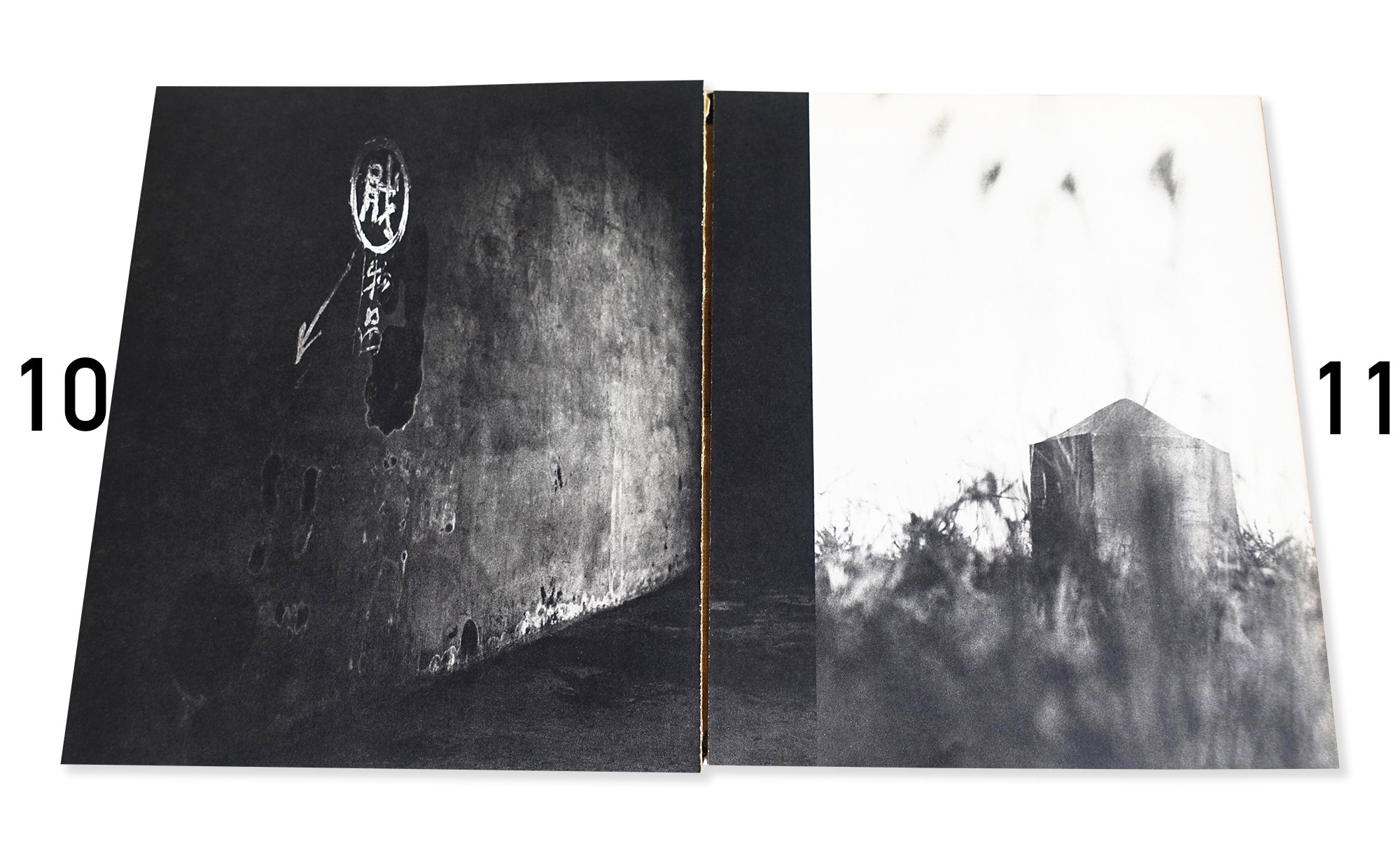
There is no way for us to find out why Tomatsu excluded these 11 works during the process of publishing "Nippon" [Japan]. We wouldn’t even know whether his feelings towards those photos had changed or if he had any other intentions. However, it is certain that the discovery of this visionary photobook ? that had been considered as non-existent ? serves as an important material for further investigation and research, including the evaluation of the book as a creation by photographer Shomei Tomatsu and as a publication. After all, only one copy of this book has been found in the world so far.
* Please contact us if you happen to own the same photobook, if you know any new information about this book, or if you would like to purchase it.
